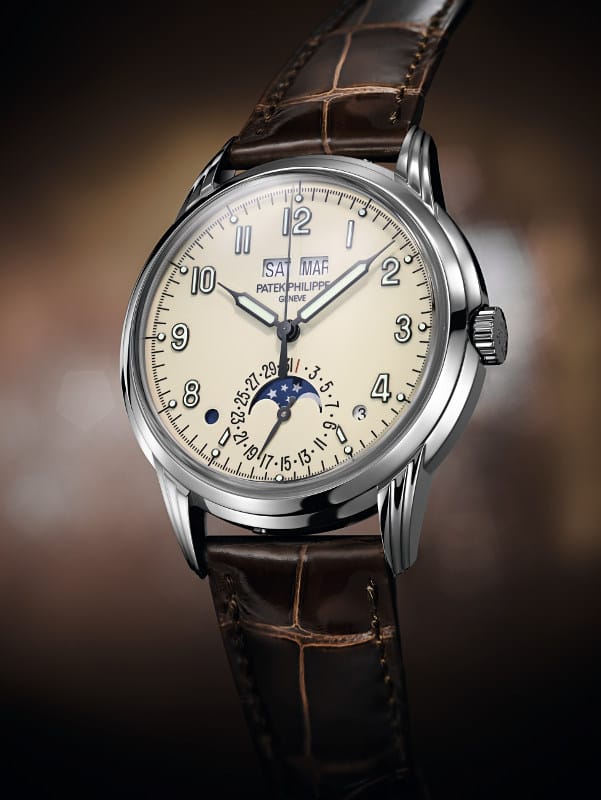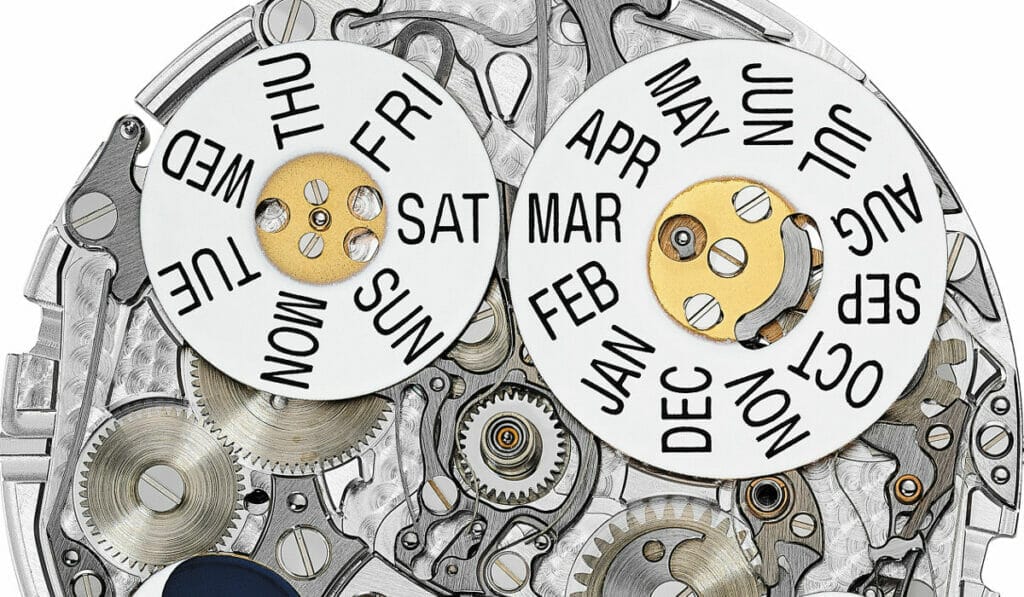It may have taken a while for people to adopt the Gregorian calendar when it was introduced in the late 16th century but, today, it has become the unifying standard in which the modern world tracks past, present and future. In fact, this system of days and months has become so commonplace that we hardly even think about the insane amount of mathematical calculations that have gone into it to ensure that it will only deviate by one day in about 3,000 years. This may not seem all that impressive when you have semiconductors keeping track of it all on your computer or digital watch but, when you think about how they manage to achieve this through mechanical means for pocket watches, powered only by a spring in a barrel, suddenly the perpetual calendar complication becomes a marvel of engineering ingenuity.
Before the Gregorian calendar, people of the time used the Julian calendar invented by Julius Caesar in 46BCE. This calendar set the basis for all modern calendars by dividing the 365 days of the year into 12 months. Then, to compensate for the extra quarter day (365.25 days in a year derived by watching the equinox), they added a day to February every four years (hence, leap years). In 1582, Pope Gregory XIII introduced an approximately 0.002 per cent correction in the length of the calendar year, proposing to reduce the number of leap years that occur in every four centuries from 100 to 97. So, from then on, every year that is exactly divisible by four will be a leap year, except for those that are divisible by 100; but if a year is divisible by 400, it will still maintain its leap year status.

Patek Philippe Ref. 5320G launched in 2017.
It’s all rather complicated but the point I am trying to make is that, this is the rule that forces us to manually adjust our perpetual calendars in the year 2100. Other than this once in a century adjustment, perpetual calendar watches keep the correct day, date, month and year, including leap years. The very first instance of a perpetual calendar in a watch, as far as we know, seems to have been made by Thomas Mudge in 1762. According to Hodinkee, in July 2016, this very pocket watch was sold at a Sotheby’s auction for GBP62,500 and what’s even more interesting is that it was bought by the Patek Philippe Museum. It’s mildly poetic if you consider the fact that the oldest known wristwatch with a perpetual calendar in in the world was made by Patek Philippe in 1925.
Come to think of it, the perpetual calendar has been an intrinsic part of Patek Philippe history and rightly so. Less than two decades after the debut of its perpetual calendar in 1925, Patek Philippe became the first watchmaker to put a wristwatch with a perpetual calendar into series production in 1941 with the Ref. 1526. Between then and now, Patek Philippe has continuously evolved its line of perpetual calendar watches and, in the process, created timeless collectables that have become grail watches for many enthusiasts. Here are some of them.




